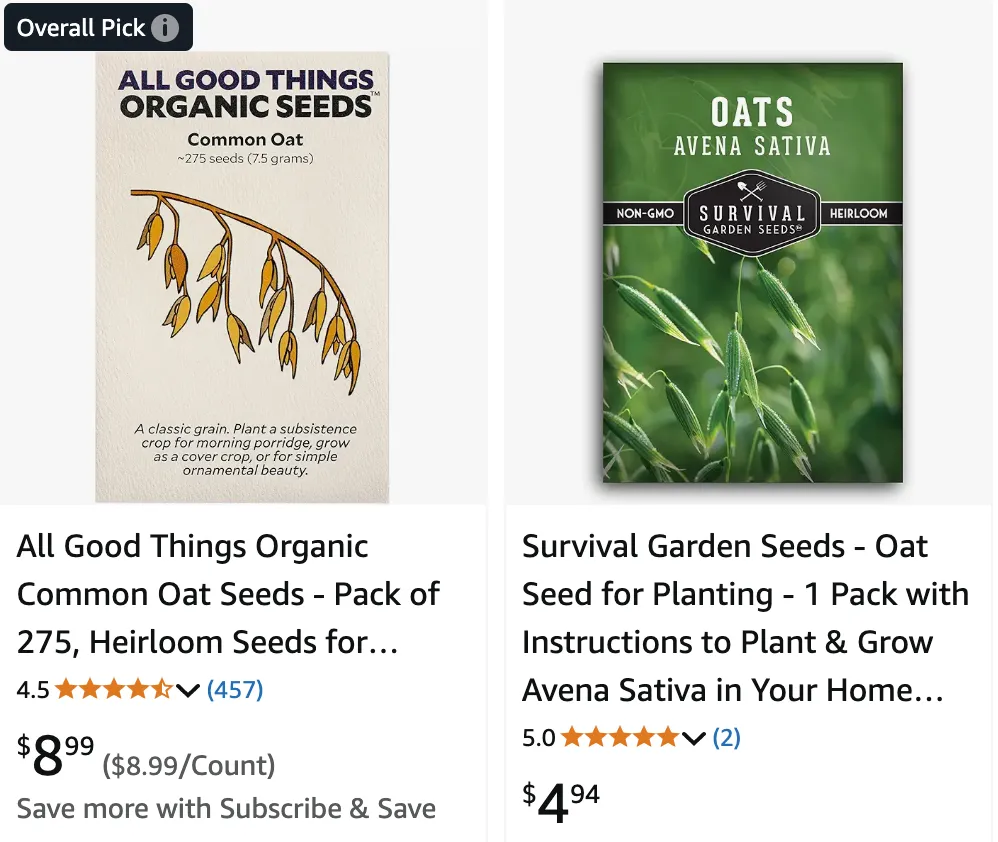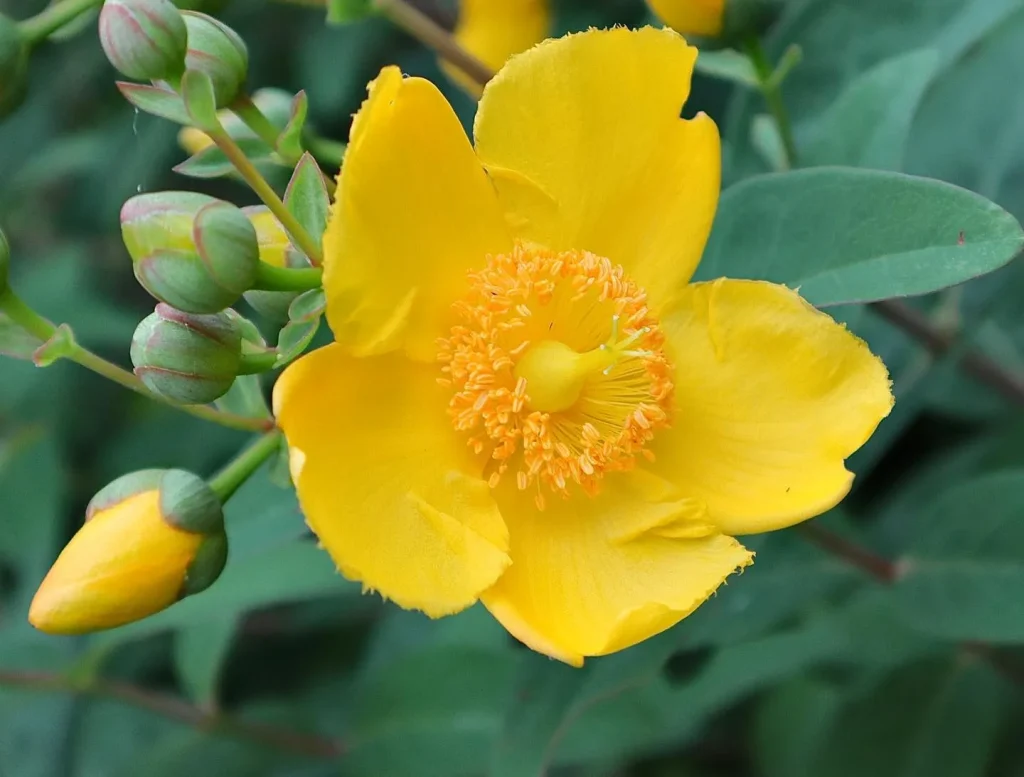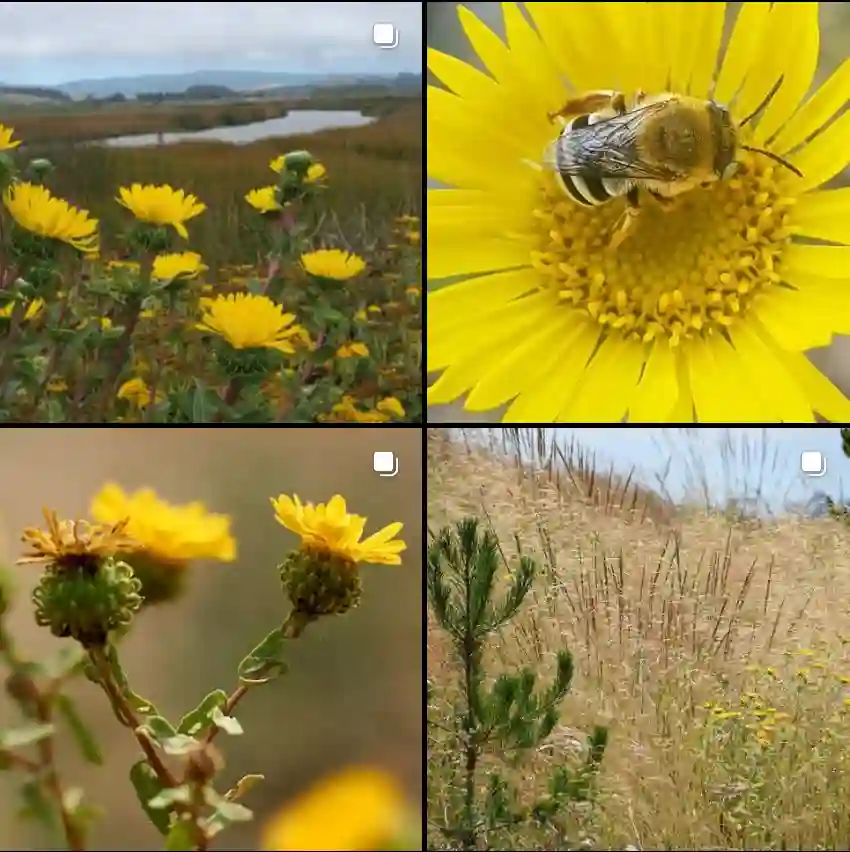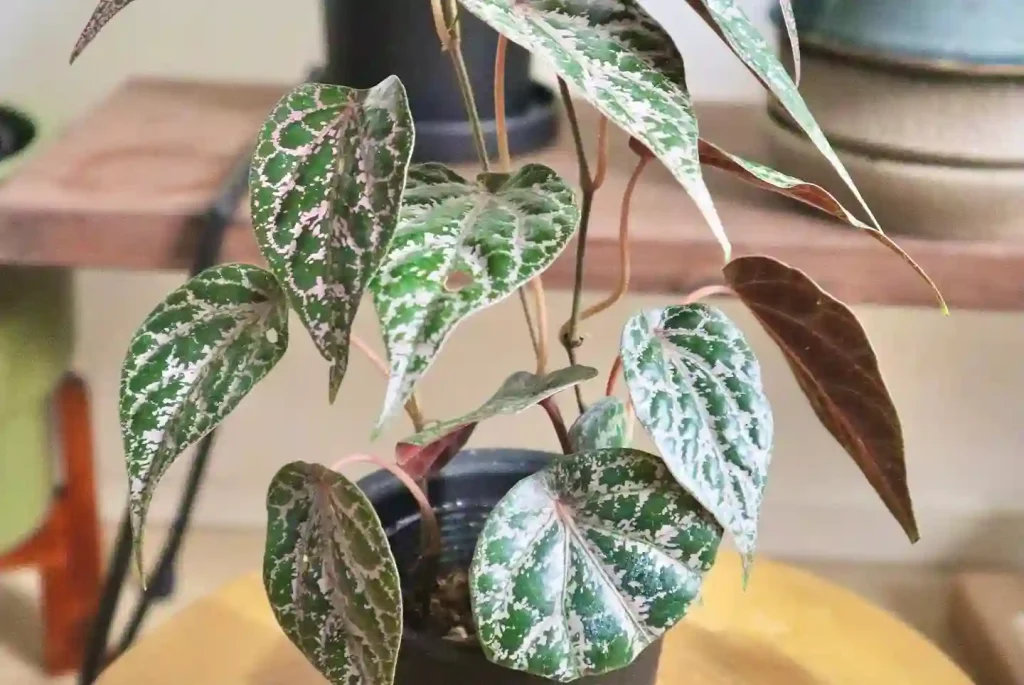
June 12 – Avena
"Avena, the oat, defines June 12."
Avena represents nourishment and stability. You are dependable and nurturing, providing comfort and sustenance to those around you. Like this grain, you’re a cornerstone of support.
The Humble Oat: A Deep Dive into the Avena Genus
Hi, I’m Ferb Vu, and today I’m going to delve into the fascinating world of the Avena genus. This group of plants, commonly known as oats, might seem mundane at first glance. After all, they’re a breakfast staple for many. But there’s more to these grasses than meets the eye.
A Brief Overview of Avena
The Avena genus belongs to the Poaceae family, which encompasses all grasses. These plants are primarily found in temperate regions of the world, with a concentration in the Mediterranean area. They’ve been cultivated for millennia, providing sustenance for both humans and livestock.
While Avena sativa, the common oat, is the star of the show, there are other species within this genus that deserve recognition. Let’s take a closer look at some of the key players:
Species within the Avena Genus
- Avena sativa: This is the oat we all know and love. It’s a globally important cereal crop, prized for its nutritional value and versatility. From oatmeal to oat milk to oat flour, Avena sativa plays a crucial role in our diets. Plant FAQs: Avena Sativa – Oats
- Avena byzantina: Also known as the Byzantine oat, this species is believed to be a cultivated form of Avena sterilis. It has historical significance and is still grown in some parts of the world.
- Avena fatua: This is a wild oat species, often considered a weed. However, it has potential as a source of genetic diversity for breeding programs aimed at improving cultivated oats. Plant FAQs: Avena Fatua – Wild Oat
- Avena nuda: This species, known as naked oat, is so named because its grains are free from the hulls that enclose the grains of most other oat species. This characteristic makes it easier to process.
- Avena sterilis: This wild oat is the progenitor of many cultivated oat species, including Avena sativa. It’s known for its resilience and adaptability.
- Avena strigosa: This species, known as the bristle oat, was once cultivated but is now less common. It’s characterized by its distinctive bristly spikelets.
- Avena abyssinica Hochst.
- Avena aemulans Nevski
- Avena agadiriana B.R.Baum & G.Fedak
- Avena atlantica B.R.Baum & G.Fedak
- Avena barbata Pott ex Link
- Avena brevis Roth
- Avena canariensis B.R.Baum, Rajhathy & D.R.Sampson
- Avena castellana (Romero Zarco) Romero Zarco & L.Sáez
- Avena chinensis (Fisch. ex Roem. & Schult.) Metzg.
- Avena clauda Durieu
- Avena damascena Rajhathy & B.R.Baum
- Avena eriantha Durieu
- Avena hirtula Lag.
- Avena × hybrida Peterm.
- Avena insularis Ladiz.
- Avena longiglumis Durieu
- Avena lusitanica (Tab.Morais) B.R.Baum
- Avena macrostachya Balansa & Durieu
- Avena magna H.C.Murphy & Terrell
- Avena murphyi Ladiz.
- Avena saxatilis (Lojac.) Rocha Afonso
- Avena × scholzii Tzvelev
- Avena vaviloviana (Malzev) Mordv.
- Avena ventricosa Balansa
- Avena × vilis Wallr.
- Avena volgensis (Vavilov) Nevski
- Avena wiestii Steud.
The Importance of Avena
Why should we care about the Avena genus? Well, beyond their obvious role as a food source, these plants have a lot to offer.
- Nutritional Powerhouse: Oats are packed with essential nutrients, including fiber, protein, vitamins, and minerals. They’re known to help lower cholesterol, regulate blood sugar, and promote gut health.
- Agricultural Significance: Oats are a valuable crop for farmers. They’re relatively easy to grow, adaptable to various climates, and can improve soil health.
- Economic Impact: The oat industry is a significant contributor to the global economy, providing jobs and generating revenue in both developed and developing countries.
- Environmental Benefits: Oats require less water and fertilizer compared to other cereal crops, making them a more sustainable choice. They can also help reduce soil erosion and improve biodiversity.
Looking Ahead
As we face challenges like climate change and food insecurity, the Avena genus takes on even greater importance. Researchers are constantly exploring new ways to utilize these versatile plants. From developing new oat varieties with improved yields to exploring their potential in biofuel production, the future of Avena looks promising.
I believe that by understanding and appreciating the diversity and potential of the Avena genus, we can unlock new possibilities for a healthier and more sustainable future.
If i die, water my plants!



